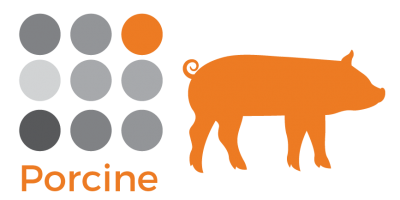Steps for Successful Sample Analysis on Luminex Multiplex Platform (Milliplex & BioPlex)
Tip 1: Use the same sample type for your study
Plasma is processed from blood in the presence of an anticoagulant. Serum is processed from blood without an anticoagulant. The sample matrices are different for plasma and serum so conduct your study with one sample type to ensure data continuity.
Tip2: Ensure you have enough sample volume
Most of our Discovery Assays require a minimum sample volume. Always ensure your aliquot has enough sample volume for your desired assay. If you have a lower sample volume than the required volume, please talk to us as we can design an alternate strategy while ensuring you receive the results you need.
Tip 3: Sample preparation is key
Sample preparation should be considered for the desired sample type being used in your study. Things to consider are the amount of time you are centrifuging, speed, temperature and accurate aliquoting. As some biomarkers degrade easily, we recommend using a cooled centrifuge and keep your samples on ice until they are aliquoted and stored in the freezer. Avoid letting your samples sit on your bench at room temperature for prolonged periods of time. If you are processing serum or plasma take a clean aliquot from the middle of the supernatant avoiding the pellet and any lipid layer. For details, please see our Sample Preparation Guide.
Tip 4: Filter your samples as recommended
First and foremost, filtering makes the assay run much more efficiently and accurately. The beads used in the assay are about 5μm in diameter; many particulates can be of the same size and thus interfere with the signal acquisition or cellular debris can aggregate beads. Because of this other technology platforms claim that complex matrix samples are challenging in bead-based assays and that their platform avoids these issues. If you filter you samples this issue is completely resolved in the Luminex platform. Not all samples need to be filtered – we recommend it for samples with a high amount of particulate such as tissue homogenate, serum, and plasma.
To ensure quality results, ALL samples run at Eve Technologies on a Luminex-based assay are filtered in our proprietary no-bind, no-volume-loss filtration process. If you are running a bead-based assay in-house, we recommend filtering samples using a 0.22 μm spin filter tube (Millipore cat #: UFC30GV) or an equivalent vacuum filter plate with collection tubes.
Tip 5: Always follow recommended storage protocol
Be consistent with the storage of your samples as this can impact the consistency in sample measurement. For cytokine analysis, be sure to avoid multiple freeze-thaw cycles as this will decrease the stability of certain cytokines in the sample. Make sure to prepare and freeze multiple aliquots of the same sample for single use and freezing at -70 or -80 degrees Celsius.
Tip 6: When in doubt run a pilot study
Unless a protocol specifically outlines how to analyze your sample type, run a pilot study to determine the optimal dilution. As Luminex kits are expensive, never assume your samples can be run undiluted unless the protocol provides certainty.
Not sure how to run your samples? Let Eve Technologies assist you with your research goals by sending your samples to us!
We are always here to assist and can be contacted at the phone and email below:
Phone: (+01) 587 975 8850
Email: contact@evetechnologies.com





















